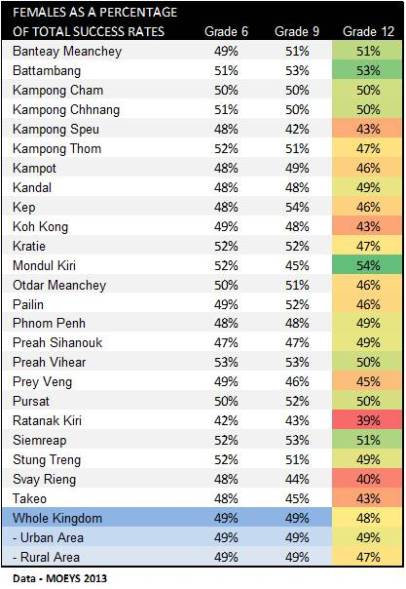
My friend Savong loves teaching. Here he is in full flight. His school, like those of other NGOs has helped pick up the slack created by government under-spending.
Investing enough in Cambodia’s future? I don’t think so. Until recently Cambodia’s state investment in education has languished. As a percentage of government expenditure, Cambodia spent until recently less than 12% of their total budget. This was ranked 140th in the world – but even then, the figure disguised the fact that the government income and expenditure in Cambodia was not all that high in any case. Education was getting a small slice of a small pie. Since early in the new millennium the numbers have improved slowly.
- 2010 13.1%
- 2007 12.4%
- 2004 10.1%*
* Figures from World Data Atlas
Raw percentages are a blunt measure of course. In Singapore the percentage is around 20%, while in Japan, with its relatively ageing population and its excellent existing education infrastructure, the percentage is close to 10%. Neither nation faces the steep challenges as faced by Cambodia in the past decade, however Cambodia, for a few years, has spent more on its military than it has on schools and teachers.
But that is changing. The education strategic plan, or ESP ratified in 2014 by the Ministry of Education, Youth and Sport (MoEYS) set out an aggressive boost in education spending, taking the figure north of 20% this year, up to 23.1% in 2017 and towards 26% in 2018.

Government plans and budgets are notoriously subject to changes and reality checks. The world economy is flat-lining in 2016, yet the MoEYS strategic development plan has inserted an optimistic growth in GDP of 7.4% for this year, and on this basis projected to increase spending from half a billion US dollars this year – 2016 – to three-quarters of a billion in 2018.
These figures need scrutinising. Where will the dollars go? Do they keep pace with numbers of enrolments and the laudable plans to introduce upgraded science labs and computer labs – or boosts to teacher training?
Yet the intentions are great, and certainly have flagged the nation’s recognition that it has a burgeoning young population who need investing in.
For more education facts and figures – click here.








You must be logged in to post a comment.